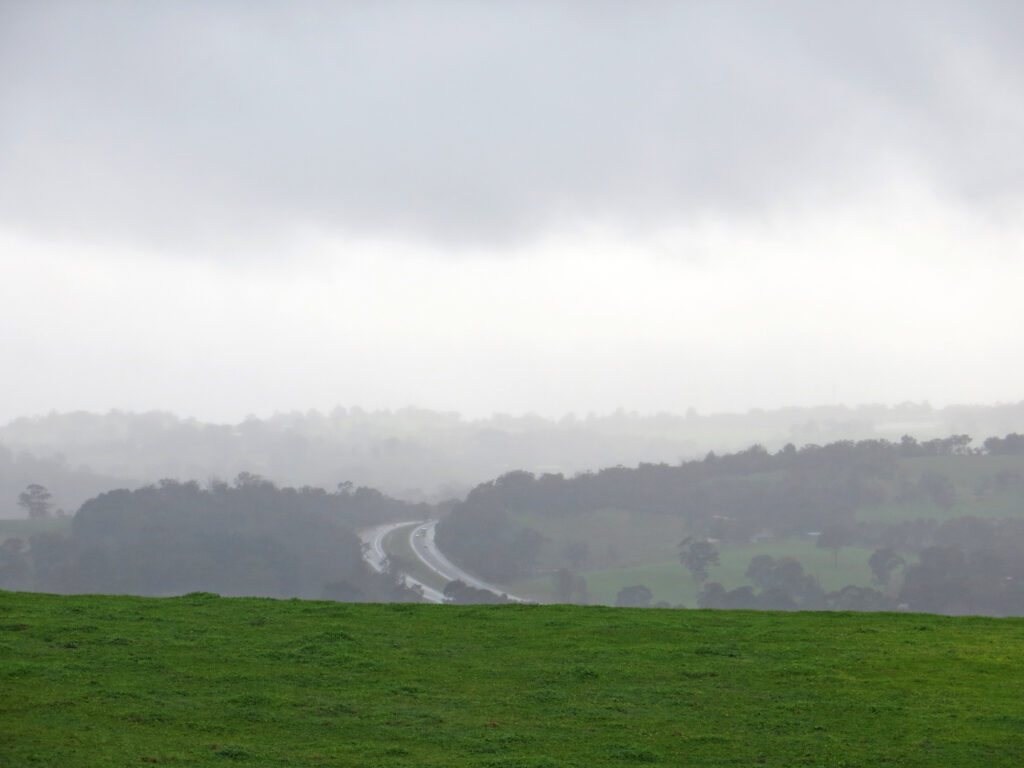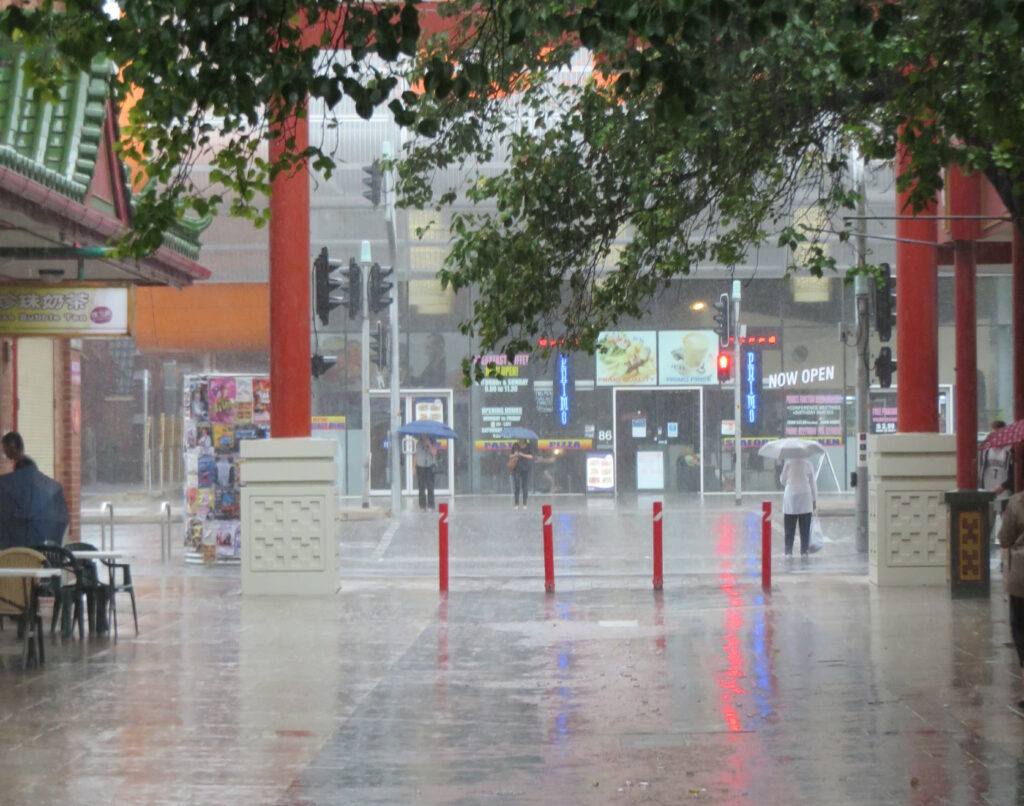Rainfall across South Australia is strongly influenced by climate events such as El Niño, La Niña, the Indian Ocean Dipole and the Southern Annular Mode. For 19 years, between 2000-2021, southern Australia experienced a total rainfall below the 1961–90 average1. Conversely there has been an increase in the intensity of heavy rainfall events across Australia, often over short time scales. Short-duration bursts of intense rainfall can overwhelm stormwater systems and cause flash flooding in urban areas, creating risks to the public.
Urban areas in South Australia (SA) have large amount of impervious ground cover e.g., concrete, which leads to increased flooding during heavy downpours. Understanding and modelling these high-intensity rainfall events of sub-hourly duration in SA is important information for urban planning, infrastructure design and emergency management.
Current climate models used in Australia are not able to provide information on highly localised, high-intensity rainfall events of sub-hourly duration. A locally specific study focused on SA, based on recorded occurrences of these events, is essential to understand how rainfall characteristics driven by localised meteorological and climatic drivers may be changing under the impacts of climate change.
An examination of historic data from SA rainfall monitoring stations and rainfall radars could provide an understanding of any trends of change that may already be occurring to short-duration, high-intensity rainfall events. Understanding the rate of change of these events will provide information on which to base adaptation planning in SA, in sectors such as flood management, stormwater infrastructure, emergency services and water resources management.
The Bureau of Meteorology has rainfall monitoring stations in and around the Adelaide area that record rainfall at sub-hourly intervals. This project will analyse rainfall data from rainfall radar and monitoring stations in the Adelaide metropolitan area to improve our understanding of high-intensity rainfall events of sub-hourly duration in South Australia under climate change and how these events have been changing.

This project is conducted by researchers at the University of Adelaide and University of South Australia in partnership with SA DEW. For more information on the project please contact Dr Bryony Cotterell, the Goyder Institute for Water Research.
References



